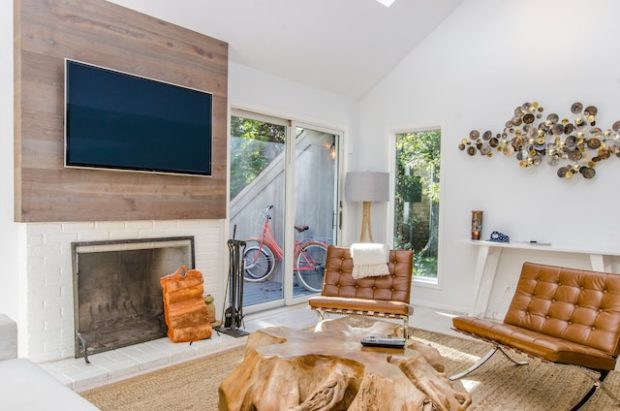There’s nothing quite like coming home to a cosy and inviting living space after a long day. However, striking a balance between convenience and elegance isn’t always easy to do. It may be daunting when decorating your home, but with little practice and the right resources, you can make your house a home. Whether you lean towards minimalism or maximalism, the possibilities are boundless for making your home a comfortable reflection of who you are. From layering textures and adding pops of colour to incorporating natural elements and embracing the power of lighting, the possibilities are endless. Read on for some professional advice on making your house a home that you won’t want to leave, whether you’re planning a complete overhaul or just a few small changes.
Finding The Right Interior Doors
When designing your home, it’s easy to get caught up in the details of furniture, decor, and colour schemes. However, one aspect that often goes overlooked is interior doors. The right doors can make a significant impact on the overall aesthetics of your home. They can add texture, depth, and style to your living space.
When choosing which type of internal doors are right for you, consider the style and design of your home. For a modern or contemporary design, consider sleek, flush doors with minimal detail. If you’re going for a more traditional look, opt for doors with raised panels and ornate details. For a rustic or farmhouse feel, consider using barn doors or doors with a distressed finish.
Layering Textures And Adding Pops Of Colour
One of the easiest ways to make your home feel cosy and inviting is by layering textures and adding pops of colour. When it comes to textures, think beyond traditional fabrics like cotton and linen. Consider incorporating different textures like wool, faux fur, or even rattan. Layering textures can add depth and visual interest to a space.
One of the easiest ways to make your home feel cosy and inviting is by layering textures and adding pops of colour. When it comes to textures, think beyond traditional fabrics like cotton and linen. Consider incorporating different textures like wool, faux fur, or even rattan. Layering textures can add depth and visual interest to a space.
Incorporating Natural Elements
Incorporating natural elements is a great way to bring the outdoors inside and add warmth to your home. Natural materials like wood, stone, and leather can add a rustic touch to your living space. You can also incorporate natural elements through plants and greenery.
When choosing plants, consider the lighting and temperature of your home. Some plants thrive in bright, indirect light, while others prefer low light. Additionally, some plants are better suited for humid environments, while others prefer drier air.
Embracing The Power Of Lighting
Lighting is an often-overlooked part of interior design, despite its potential to greatly alter a room’s ambience. The right lighting can make a small room feel more spacious or add warmth to a cold, dark room. When choosing lighting, consider the function of the space. In a living room, you may want to opt for soft, warm lighting that creates a cosy and inviting atmosphere. In a kitchen or workspace, you may prefer bright, white lighting that helps you focus.
Read More:


